Publications and Preprints:

Rodriguez, E., Balusu, C., Chandra, M., McFarland, C.W., Law, M.E., Ramirez, I. (In Press). “Peer Support and Explanatory Pluralism in the Instrumentalization of Mental Health Self-Concept.” American Journal of Bioethics – Neuroscience.

Horton, M., Dixon, J., Turi, E., Balusu, C., Paikoff, R., Maier, C.B., Poghosyan, L. (December 2024). “Advanced Practice Nurses in Primary Care and Their Impact on Health Service Utilization, Costs and Access Globally: A Scoping Review.” Journal of Clinical Nursing.
Addressing the need for a synthesis of up-to-date evidence, this scoping review (featuring studies from the U.S., Australia, and New Zealand) highlights the importance of advanced practice nurses in primary care. The majority of the studies reported that advanced practice nursing care was associated with lower emergency department visits, hospital readmissions and costs. Access to care outcomes varied under advanced practice nursing care. Findings can inform global workforce development strategies to address health inequalities through effective advanced practice nursing integration.

Eyre, H., Carnevale, S., Smith, E., […] Balusu, C., […] Rosand, J. (September 2023). “7 Steps for Igniting the Brain Capital Industrial Strategy.” Rice University’s Baker Institute for Public Policy.
Throughout this paper, we argue that a brain capital mission and the aligned brain capital industrial strategy will boost economic resilience by stimulating creativity and entrepreneurship, as well as reducing the economic burden of brain and mental disorders. The capacity for brain capital technology entrepreneurship will be enhanced by further basic and translational science breakthroughs and by supportive policy settings. Improved brain capital would simultaneously be a significant enabler of economic growth and prosperity, life expectancy, social assets such as social cohesion and social productivity, and even national security.

Garg, P., Chunduri, R., Balusu, C. (July 2023). “Exploring the relationship between popular culture and perceptions of social standing in Science, Technology, Engineering, Mathematics, and Medicine (STEMM) careers: a pilot study using path analysis.” PsyArXiv.
Popular culture consists of elements consumed by the general public, such as movies, television shows, and books, that reflect the attitudes, practices, beliefs, and cultural objects prevalent in society. Popular culture tends to influence numerous facets of one’s lifestyle, and both empirical and anecdotal evidence suggest that it plays a role in determining the career of nascent professionals. We conducted an anonymized survey to assess the effect of popular culture on pursuing a career in Science, Technology, Engineering, Mathematics, and Medicine (STEMM). Results from the path analysis identified the direct effect of different aspects of popular media on the perceptions of social standing in choosing a STEMM career.
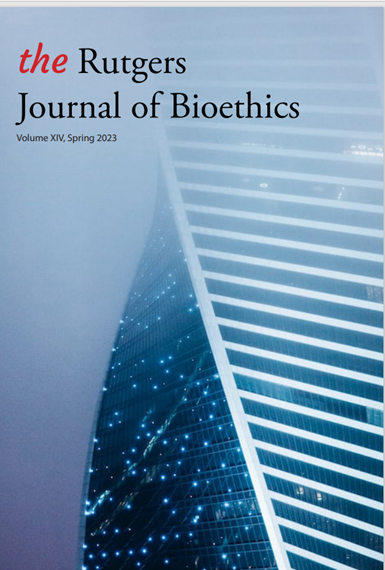
Balusu, C.*, Sales, A.* (June 2023). “Can Forensic Neuroimaging Be Ethical?” The Rutgers Journal of Bioethics.
Lie detection tests may appear as attractive options for thoroughly analyzing suspects in the courtroom, yet the use of these technologies could wrongly sentence innocent people to life in prison. One example of a lie detection test is polygraph testing, which has previously been used to assess defendants but has proven to result in inconsistent and problematic conclusions. In recent years, functional magnetic resonance imaging (fMRI) – a powerful diagnostic tool in the medical field since the 1990s – has been proposed as a substitute, and its use has expanded to inform law and legislation. We aim to evaluate the ethics of brain imaging technology, raising caution regarding this novel fMRI approach, especially when considering neuroethical guidelines related to privacy and individual autonomy. This article also calls for the need for further research into fMRI’s effectiveness in the courtroom.

Jayakumar, M., Balusu, C., Aly, M. (June 2023). “Attentional fluctuations and the temporal organization of memory.” Cognition: International Journal of Cognitive Science.
Event boundaries and temporal context shape the organization of episodic memories. We hypothesized that attentional fluctuations during encoding serve as “events” that affect temporal context representations and recall organization. Individuals encoded trial-unique objects during a modified sustained attention task. Memory was tested with free recall. Response time variability during the encoding tasks was used to characterize “in the zone” and “out of the zone” attentional states. We predicted that: 1) “in the zone”, vs. “out of the zone”, attentional states should be more conducive to maintaining temporal context representations that can cue temporally organized recall; and 2) temporally distant “in the zone” states may enable more recall “leaps” across intervening items. We replicated several important findings in the sustained attention and memory fields, including more online errors during “out of the zone” vs. “in the zone” attentional states and recall that was temporally structured. Yet, across four studies, we found no evidence for either of our main hypotheses. Recall was robustly temporally organized, and there was no difference in recall organization for items encoded “in the zone” vs. “out of the zone”. We conclude that temporal context serves as a strong scaffold for episodic memory, one that can support organized recall even for items encoded during relatively poor attentional states. We also highlight the numerous challenges in striking a balance between sustained attention tasks (long blocks of a repetitive task) and memory recall tasks (short lists of unique items) and describe strategies for researchers interested in uniting these two fields.

Balusu, C. (January 2023). “A Cross-Cultural Perspective on Neuroethics.” Penn Bioethics Journal.
The first article, ‘” Cross-Cultural Perspective on Neuroethics,” examines how contemporary neuroscience and neuroethics face challenges stemming from cultural and community values. Author Chinmayi Balusu of Columbia University utilizes examples from Western and non-Western nations to examine the variation in responses to issues such as organ donation and neurodegenerative diseases.

Balusu, C. (January 2023). “An Unseen Epidemic: Sex Differences in Traumatic Brain Injury.” GYNECA: Columbia Undergraduate Journal of Gynecology and Women’s Health.
“The scientific literature still contains a large gap — and the broader epidemiological and public health context of sex and gender differences is still understudied and invisible.”
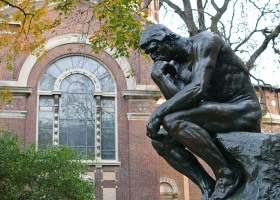
Balusu, C. (August 2022). “Searching for a research opportunity? Start here!” Columbia Undergraduate Research Blog.
“Navigating the research landscape for student opportunities can seem intimidating – here are some tips on where to start with brainstorming and searching.”

Balusu, C. (May 2022). “Strengthening Concussion Safeguard Through Community Education.” Columbia Scientist.
“Community education programs can open up ways for coaches, peers, and other school members to support athletes at risk of concussion. Partnerships with local hospital networks can catalyze building more accessible online training, allowing individuals to understand the signs of concussion. This is especially important in cases where the athlete is unable to self-report a potential concussion due to personal or social pressures. The launch of the Dignity Health Concussion Network in 2016 is a prime example of a community-centered movement within California that is bolstering concussion support for youth at five Bay Area high schools, impacting thousands of athletes.”
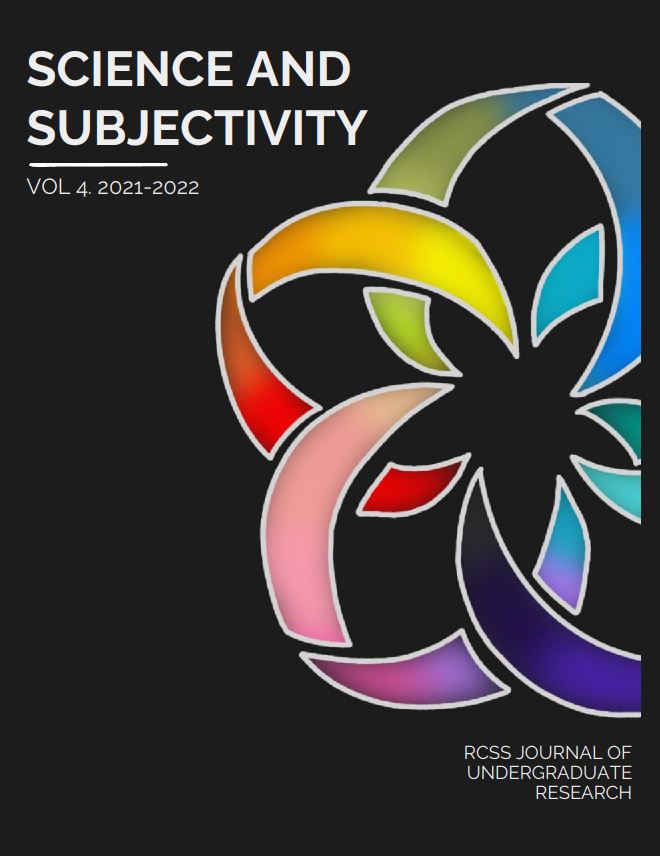
Balusu, C. (May 2022). “Ayurveda in America: Weaving Diaspora Narratives of Heritage and Healing.” Science and Subjectivity.
“While the relationship between these products and American consumers is still complicated, we cannot fail to acknowledge that there is a greater participation and interest in alternative medicine. Approximately one out of every five Americans has interacted with alternative medicine therapies in some way, shape, or form (Pew Research). However, we must also consider – are we erasing the cultural context of having long-standing connections with therapies and traditions from back “home” when alternative medicine products make their way onto pharmacy shelves? How can we continue to cherish the history and value of alternative medical knowledge as consumers?

Balusu, C. (April 2022). “Addressing the Prevalence of Healthcare-Associated Infections in India.” Undergraduate Journal of Public Health.
A principle rooted in the Hippocratic medical tradition is “first, do no harm,” a core value for healthcare providers around the world. This principle is based on the importance of ensuring that no medical harm is incurred by patients before any procedures are performed. However, this principle is often violated through unseen infections that affect patients in the clinical setting. Healthcare-associated infections (HCAIs) are illnesses that originate within hospitals and healthcare facilities where patients receive treatment. The International Nosocomial Infection Control Consortium reports the HCAI prevalence in India as approximately 9.06 infections per 1,000 intensive care unit (ICU) patient days; the HCAI infection rate can vary between 4.4 and 83.09 percent across different hospitals in India, which is considerably higher than other wealthy countries (Iyer et al., 2015). Not only can HCAIs have a negative impact on patients’ health, but they can also pose risks in the long run and present a financial burden. This article will address interactions between factors such as lack of resources for sanitation, knowledge gap in proper hospital hygienic practices, poor accountability procedures, and accuracy of hospital accreditation. Additionally, I explore ways for bridging the cultural gap by integrating Ayurvedic alternative medicine principles to allow for better retention of sanitation practices among communities at the local level. Overall, by working through these detailed factors, the Indian healthcare system can focus on going above and beyond its “do no harm” guideline and enhancing patients’ lives by addressing behavioral and structural challenges related to infections originating in the clinical setting.
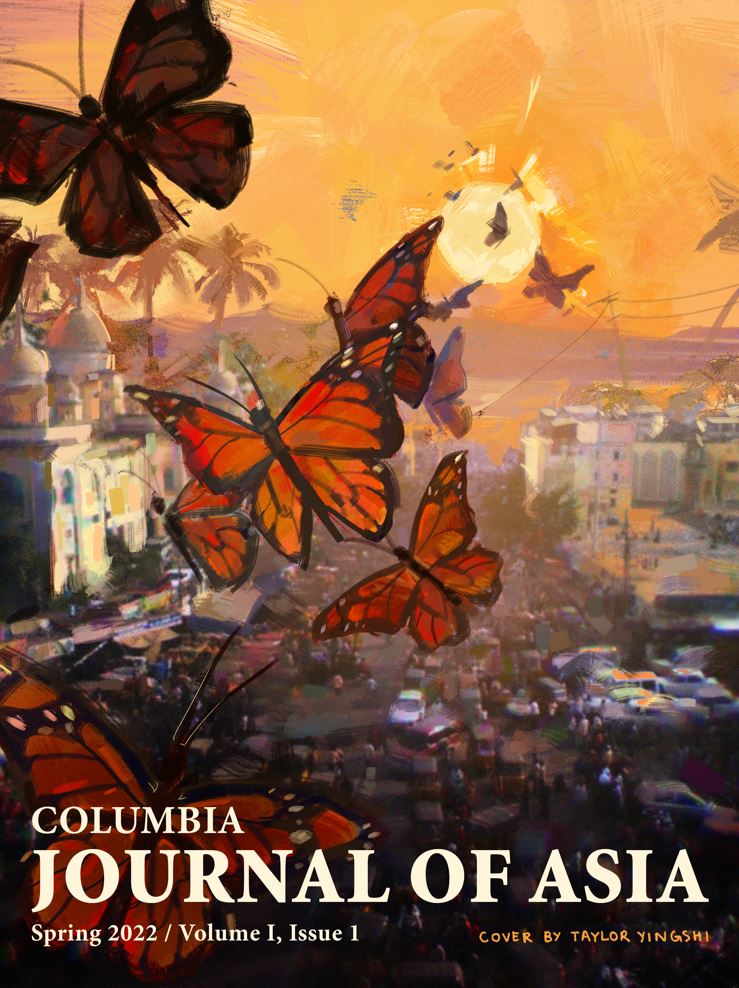
Balusu, C. (April 2022). “Analyzing Barriers in Expanding Multilingual Indian Science Communication.” Columbia Journal of Asia.
English’s status as the “lingua franca” of science has allowed for the expansion of science communication around the world. However, the remnants of the English educational system from British colonization have also furthered sociocultural disparities on the ground level in countries such as India, which is home to over a dozen national languages that are lost in the process of translating scientific concepts. Analyzing barriers in translating English-based science communication methods into vernacular Indian languages includes assessing linguistic feasibility, breaking down stigma apprehension surrounding topics such as HIV transmission and mental health, combatting the lack of institutional support, balancing time constraints, and understanding cultural context. In doing so, science professionals can embrace linguistic diversity while empowering the general public and promoting wider science accessibility during crucial times such as the current COVID-19 pandemic. Multilingual science approaches will not only be able to strengthen Indian citizens’ connection with science but also set the tone for broader global science communication efforts.
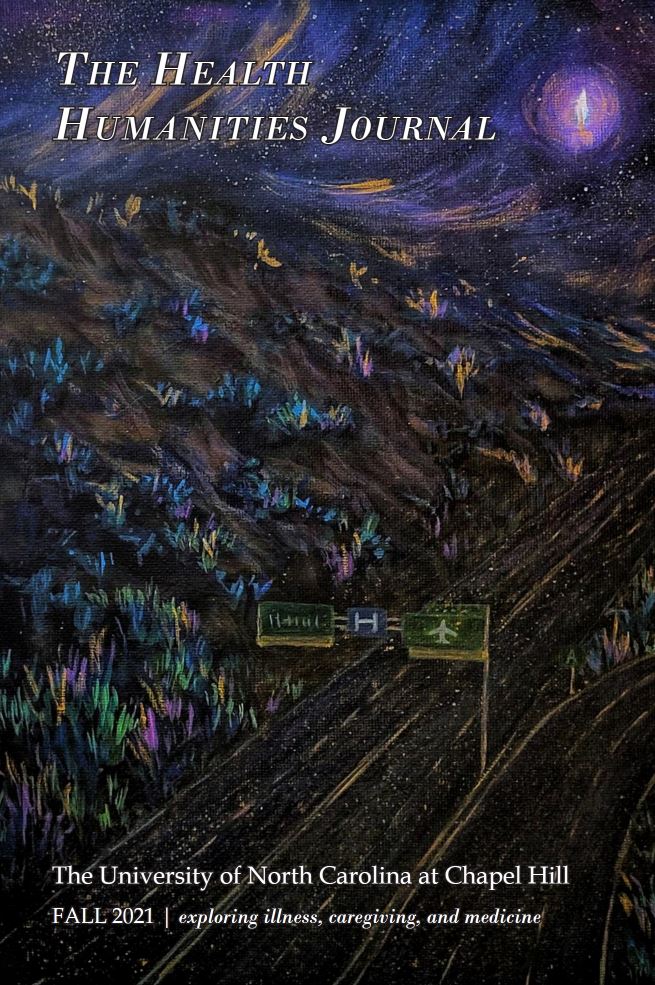
Balusu, C. (November 2021). “Caregiving in Different Spatial Settings: Empowering Traumatic Brain Injury (TBI) Patients By Centering Autonomy.” The Health Humanities Journal of the University of North Carolina at Chapel Hill.
“Open, empathetic communication is essential when engaging patients, medical teams, and family members to chart out the best possible outcomes. However, shifting autonomy dynamics can cause these decision-making conversations to become convoluted. Illness severity, socioeconomic status, and care provided by family members versus professional clinical staff as well as differences between inpatient and home caregiving are several factors that can contribute to complications. Therefore, it is important to empower patients during their recovery journey by exploring the role of autonomy within intersecting spatial and caregiving contexts.”

Balusu, C. (August 2021). “An Impeccable Memory.” Columbia Undergraduate Science Journal.
“Having perfect memory is a skill that many people wish for. For many, being able to remember vivid details of a family gathering or being able to identify what day of the week a friend’s birthday fell upon without checking a calendar would be a blessing. But what if you were actually able to remember every single thing from every single experience of your life?”

Balusu, C. (August 2021). “Ageism, Stigma, and Health.” Columbia Undergraduate Science Journal.
“Ageism, which is defined as stereotyping or discriminating against individuals or groups based on their age, is prevalent globally. It comes with an extreme stigma, as evidenced by the hurdles elders face in employment opportunities and negative depictions of the elderly on social media and television. Ageism, unlike racism or prejudice, is not often directly addressed, and this harms elders’ mental health and wellbeing.”
Balusu, C. (April 2019). “Sleep and Circadian Rhythms: An Interview with Dr. Katherine Sharkey.”
Balusu, C. (September 2019). “Zebrafish and Hearing: An Interview with Dr. Allison Coffin.”
Balusu, C. (November 2018). “An Interview with Dr. Amanda Hernan of the University of Vermont.”
Balusu, C. (July 2018). “Interview: Neurological Complications of HIV/AIDS.”
Presentations and Posters:

Balusu, C., Bloniasz, P., Anika, F., Chiang, M., Feng, M., Mahajan, T., Oguma, M., Rakhmonova, S., Al Shammaa, T., Tunsiricharoengul, S. (October 2024). “Simply Neuroscience: an interdisciplinary approach to early-career neuroscience education, outreach, and awareness.” Society for Neuroscience Conference.
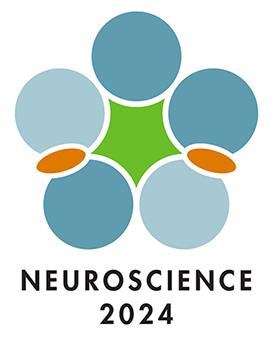
Rodriguez, E., McFarland, C., Ramirez, I., Law, M., Balusu, C., Stevens, I., Steiner, A.P., Shen, F.X. (October 2024). “Expanding neuroscience and society impact through the Dana Foundation Career Network in Neuroscience & Society.” Society for Neuroscience Conference.
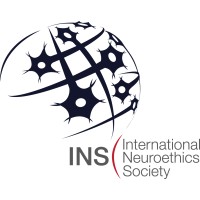
Krishnan, A., Balusu, C. (April 2024). “Artificial intelligence and traumatic brain injury: balancing technological advancement with ethical responsibility to provide equitable care.” International Neuroethics Society Annual Meeting.

Balusu, C. (April 2024). “Framing Alzheimer’s Disease in India through self, familial, social, and governmental perspectives.” International Neuroethics Society Annual Meeting.

Horton, M., Dixon, J., Turi, E., Balusu, C., Maier, C.B., Poghosyan, L. (April 2024). “Advanced Practice Nurses’ Contribution to Health Service Utilization, Healthcare Costs, and Access: A Scoping Review.” Eastern Nursing Research Society Conference.
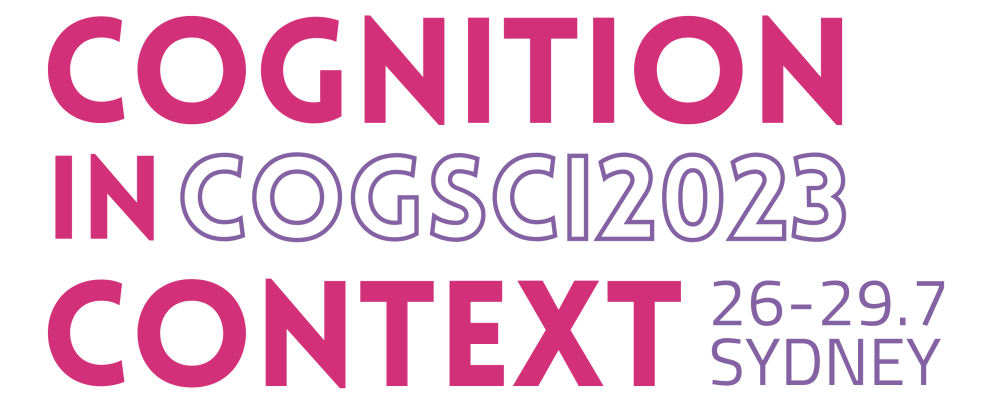
Garg, P., Chunduri, R., Balusu, C. (July 2023). “Exploring the relationship between popular culture and perceptions of social standing in Science, Technology, Engineering, Mathematics, and Medicine (STEMM) careers: a pilot study using path analysis.” Cognitive Science Society Annual Meeting.
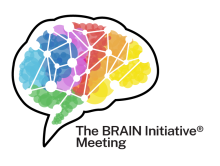
Balusu, C., Tunsiricharoengul, S., Dayananda, V., Athreya, I. (June 2023). “Simply Neuroscience: empowering youth through interdisciplinary neuroscience education.” 9th Annual BRAIN (Brain Research Through Advancing Innovative Neurotechnologies) Initiative Meeting.
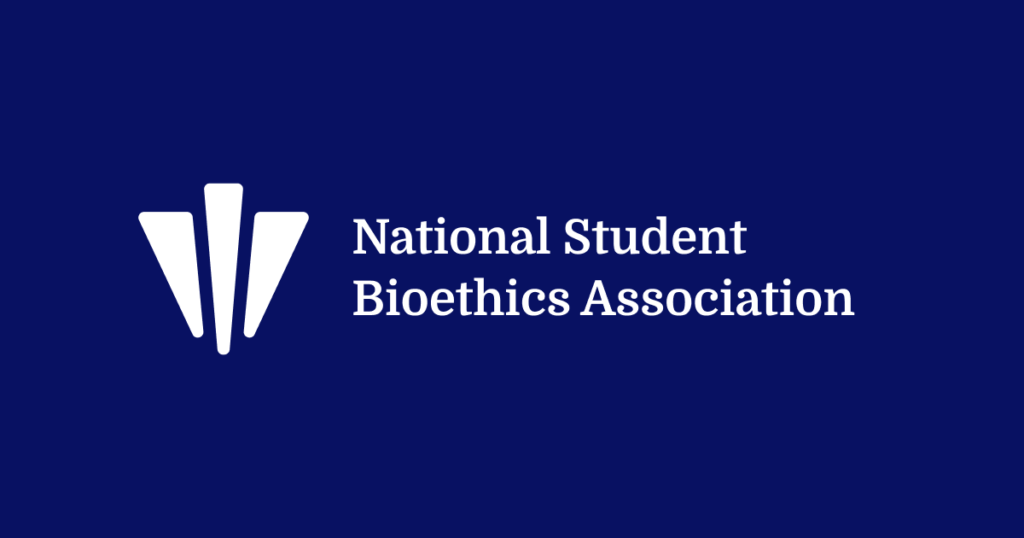
Balusu, C.*, Sales, A*. (April 2023). “Can Forensic Neuroimaging Be Ethical?” National Student Bioethics Association Virtual Conference.
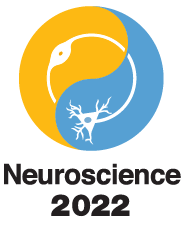
Balusu, C., Tunsiricharoengul, S., Krishnan, A., Athreya, I. (November 2022). “Simply Neuroscience: prioritizing early access to interdisciplinary neuroscience education.” Society for Neuroscience conference.

Balusu, C. (November 2022). “A cross-cultural perspective on neuroethics barriers, misconceptions, and nuances.” International Neuroethics Society Annual Meeting.

Balusu, C. (November 2022). “Caregiving in different spatial settings: empowering traumatic brain injury (TBI) patients by centering autonomy.” International Neuroethics Society Annual Meeting.
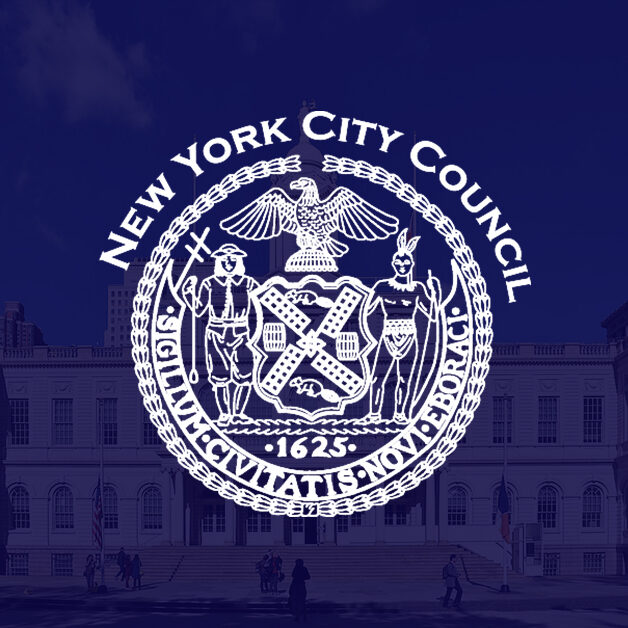
Balusu, C. (May 2022). “Traumatic Brain Injury In New York: ‘Prevention is the Only Cure.’” New York City Hall Science Summit.
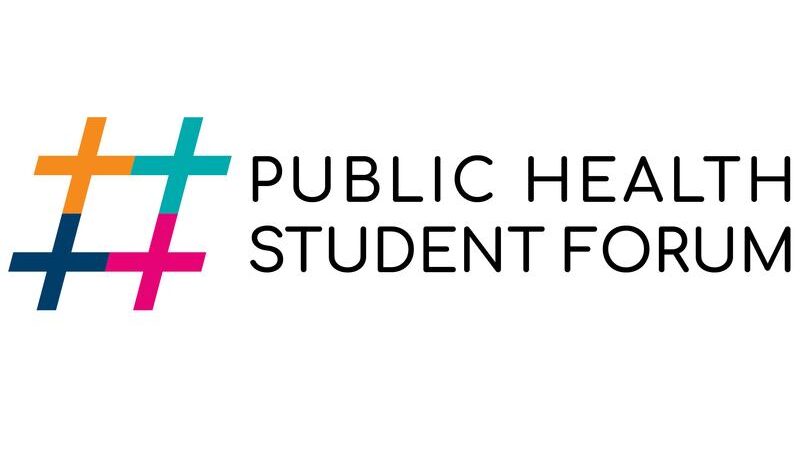
Balusu, C. (April 2022). “Addressing the Prevalence of Healthcare-Associated Infections in India.” Public Health Student Forum.
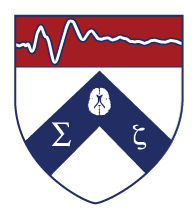
Jayakumar, M., Balusu, C., Aly, M. (August 2021). “Spontaneous attentional fluctuations and the temporal organization of recall.” Context and Episodic Memory Symposium.
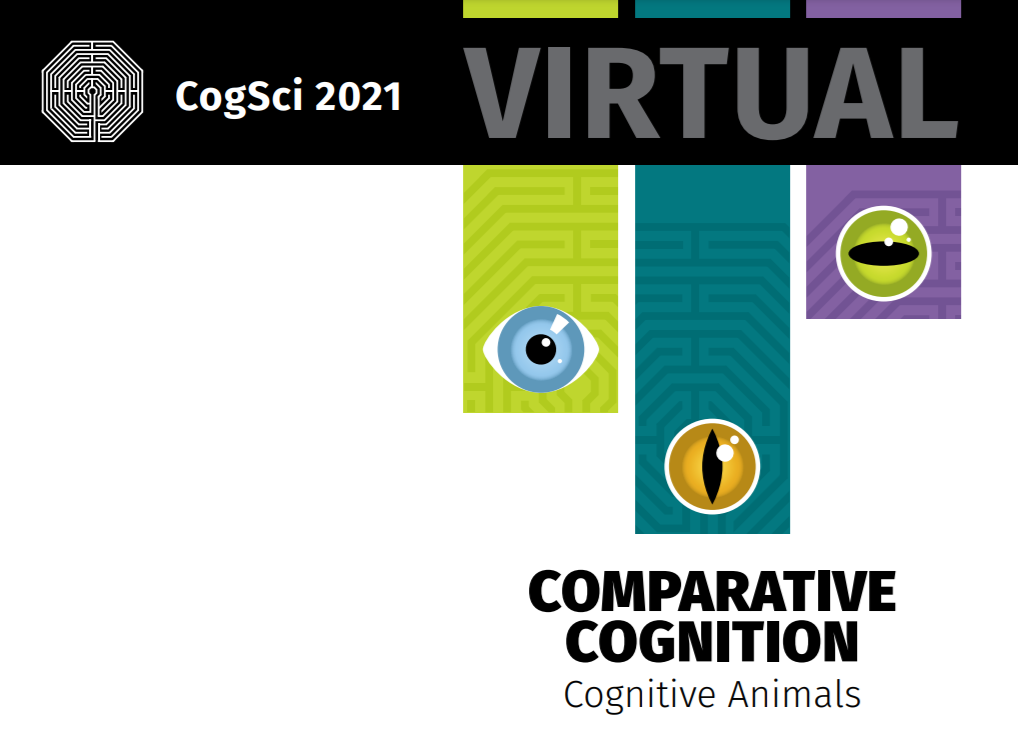
Jayakumar, M., Balusu, C., Aly, M. (August 2021). “Spontaneous attentional fluctuations and the temporal organization of recall.” Cognitive Science Society Meeting.

Balusu, C., Jayakumar, M., Aly, M. (May 2020). “How Does Attentional State Influence Temporal Organization of Memory?”. Columbia University Psychology Symposium: Navigating the Field.

Balusu, C. (May 2019). “Can the Longevity Compound Rapamycin Rescue Brain Tissue in Age-Related Diseases in Old Mice?”. Intel International Science and Engineering Fair.
Acknowledgements:
Jayakumar, M. (2024). “Attentional Fluctuations and the Temporal Organization of Memory: Insights From Behavioral and Pupillometry Measures.” Dissertation submitted for the degree of Doctor of Philosophy at Columbia University.
Schlak, A., Poghosyan, L., Rosa, W.E., Mathew, S., Liu, J., Martsolf, G., Flandrick, K., Chen, J. (December 2023). “The Impact of Primary Care Practice Structural Capabilities on Nurse Practitioner Burnout, Job Satisfaction, and Intent to Leave.” Medical Care.